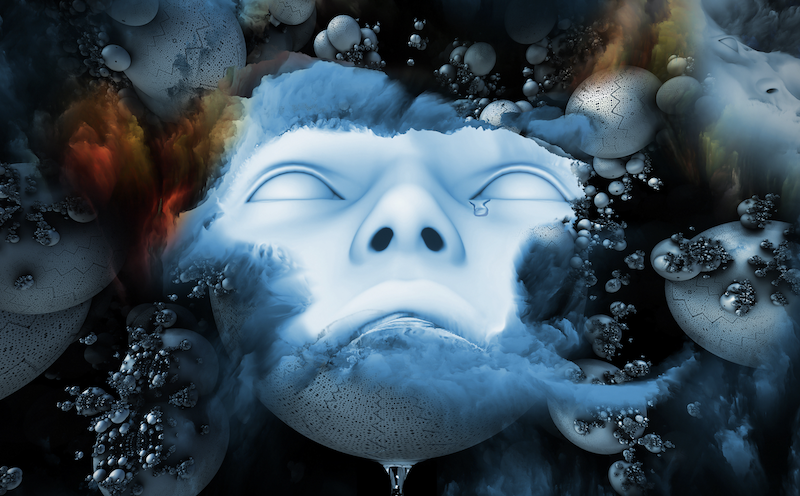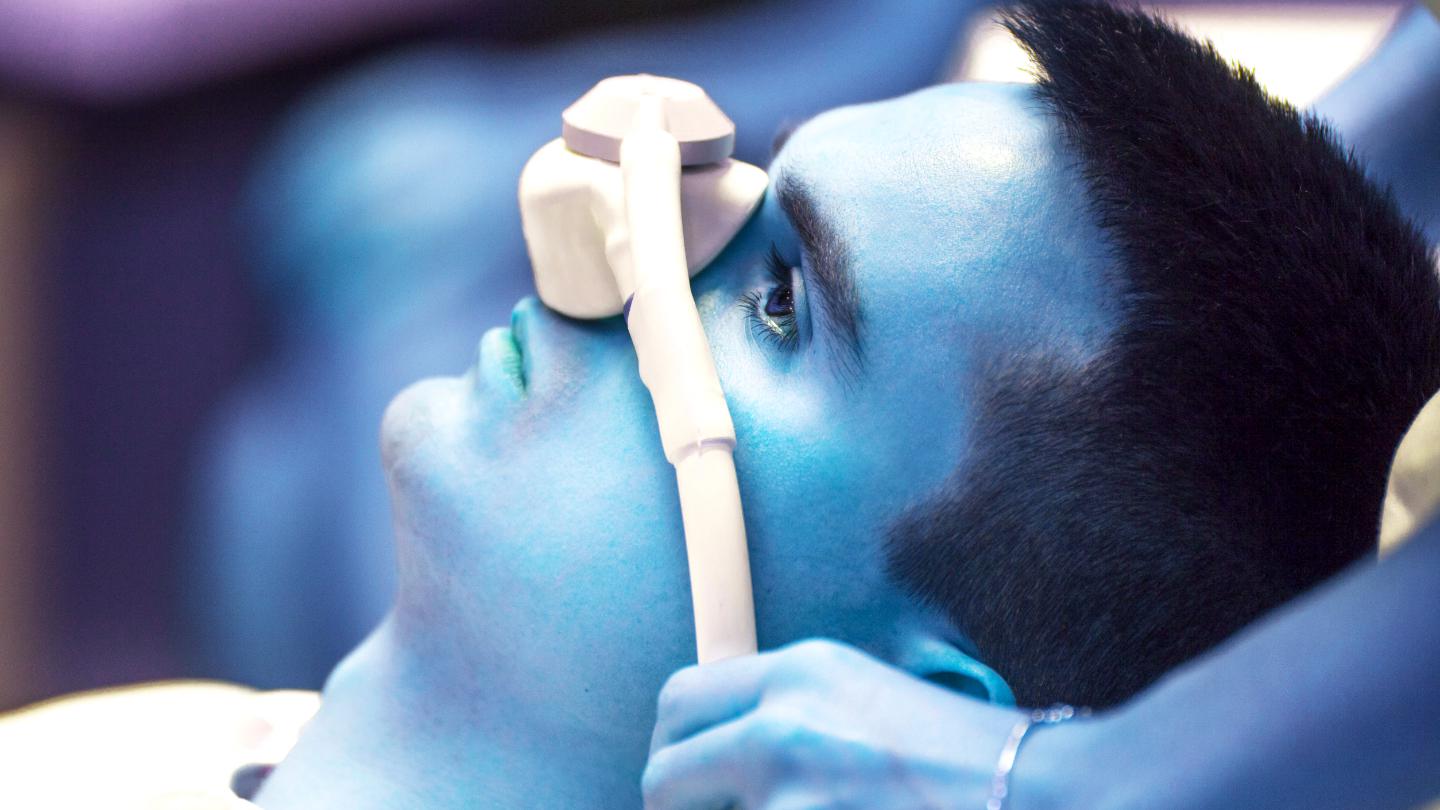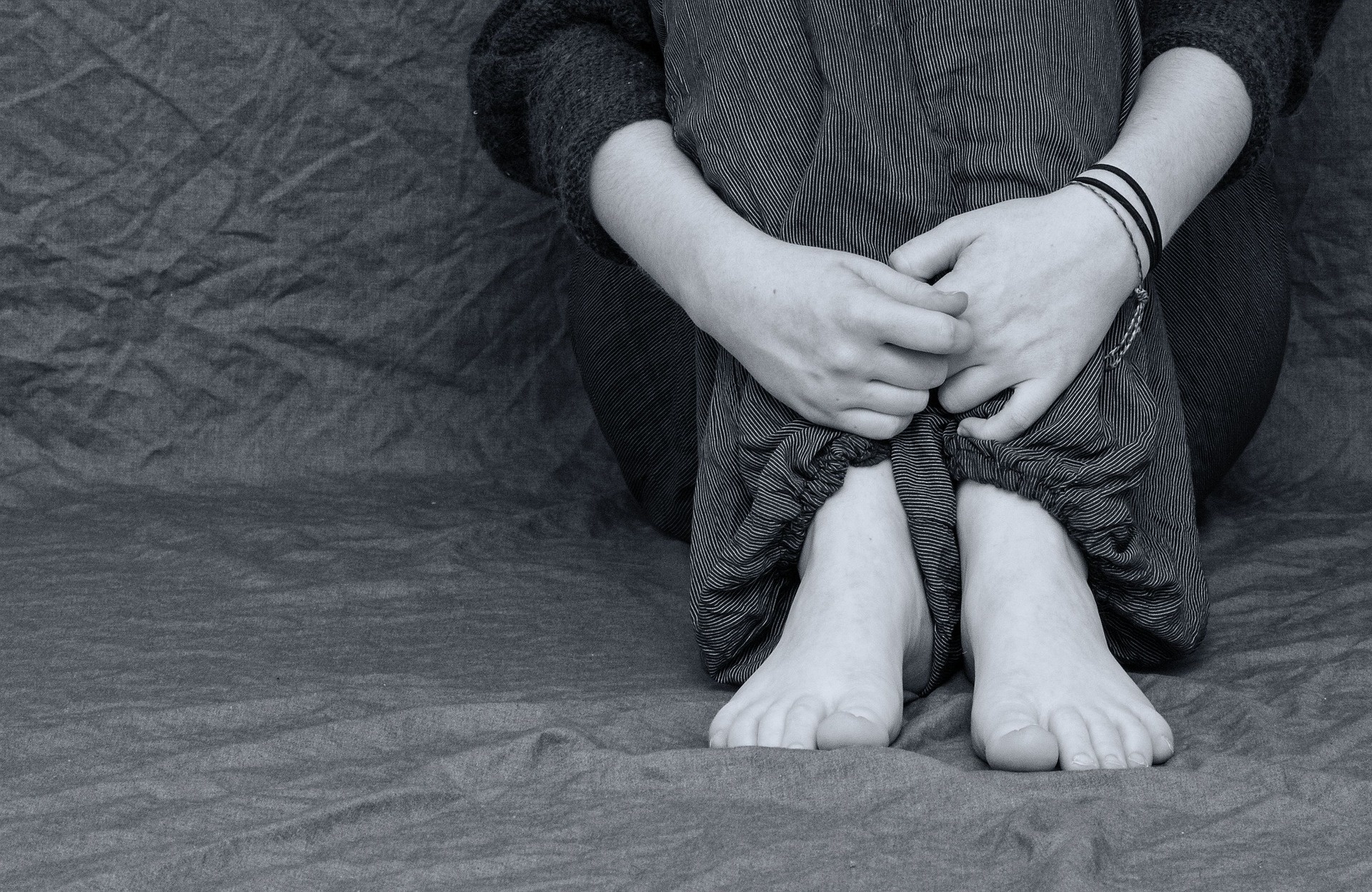The depression paradox: Treatments are better, but prevalence remains the same

- Since the 1980s, treatments for major depressive disorder have improved and become more available.
- Despite these improvements, the prevalence of depression in recent decades has largely remained stagnant.
- A recent review found that depression treatments seem to be less effective than prior research suggests, and that research on depression treatments suffers from biases and other methodological problems.
Depression has always plagued human experience. But effective treatments for the condition are relatively recent inventions, with most of the psychotherapies and antidepressant drugs we use today having been developed in the 20th century.
Since the 1980s, depression treatments have improved and become more widely available, thanks in part to the evolution of selective serotonin reuptake inhibitors (SSRIs). And meanwhile, the stigma associated with depression and seeking treatment has dwindled over the past several decades, a shift in attitude likely caused in part by direct-to-consumer advertising of antidepressants, which started in the 1990s.
You might expect that these changes would have helped decrease the prevalence of depression. But they clearly have not. That’s the starting premise of a recent review published in the journal Clinical Psychology, which explored the potential causes driving a phenomenon the authors call the “treatment-prevalence paradox” (TPP). The findings raise alarming questions about the efficacy of treatments for depression, which affects about 5% of people worldwide.
Depression’s treatment-prevalence paradox
The authors defined the TPP as the absence of an empirical and significant drop in depression prevalence during the time in which better depression treatments have become more available. In the review, depression was defined as major depressive disorder, while “prevalence” referred to point-prevalence, which is the percentage of people who meet diagnostic criteria for depression at any given time, typically within 30 days prior to examination.
To investigate the causes of the TPP, the authors started by reasoning that one of two scenarios is true. The first scenario assumes that better treatment has reduced prevalence, but that the reduction has been masked by an increase in false positive diagnoses or by an actual increase in the incidence of depression. (In other words, maybe the treatments are working well, but more people are becoming depressed, so the numbers basically remain stagnant.)
The second scenario assumes that prevalence has not decreased and that one or some combination of the following scenarios explain the TPP:
- treatments are less efficacious
- treatments are less enduring than the literature suggests
- trial efficacy doesn’t generalize well to real-world settings
- population-level treatment impact differs substantially for chronic-recurrent cases versus non-recurrent ones
- treatments can have both beneficial and iatrogenic consequences (meaning treatments might cause negative side effects)
The authors ultimately ruled out the first scenario. Sure, it’s possible that the destigmatization of mental illnesses has made people more willing to seek treatment, or potentially made them more sensitive to distress such that they interpret normal levels of distress as signs of depression.
But in terms of the accuracy of the data on major depressive disorder, the researchers noted that “it is doubtful that significant drift in case-definition and ascertainment has occurred in epidemiological studies employing structured interviews, standardized classification, and well-trained interviewers.” They noted later in the review, “There are no strong signals or even hints of a pattern that supports such a premise.”
Treatments may be less effective than commonly thought
That left the second scenario: prevalence has not decreased. So, what’s going on? The results of the review suggest several explanations are most responsible for driving the TPP. In general, the authors concluded that the efficacy of depression treatments in controlled trials is overestimated due to a variety of biases, including publication bias, outcome reporting bias, citation bias, and other methodological concerns.
This generally held true for acute depression treatments and longer-term maintenance treatments. (The authors noted that psychotherapy combined with medication tends to be most effective at treating acute depression and preventing relapse and recurrence, though the efficacy seems to be weaker than prior research reports.)
The review also found that depression treatments — even those tested under randomized, controlled trials — tend not to generalize well to real-world settings. “This compounds the observation that neither medication nor psychotherapy work as well as the (older) literature suggests,” they wrote. “Once transported into the real world, characterized by tougher patients and less adequate implementation, the already modest treatment effects for both medication and psychotherapy diminish even further.”
The researchers concluded on the more speculative side by noting the possibility that some existing treatments might have negative side effects that medical professionals have yet to recognize, and that these may be driving a small part of the TPP. “It is very important to investigate undertreatment of chronic-recurrent cases and iatrogenic effects of current treatments, especially medication as the increased treatment rate in recent decades largely consist of medications.”





